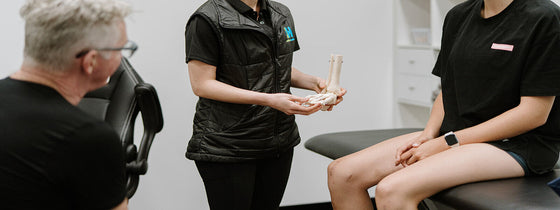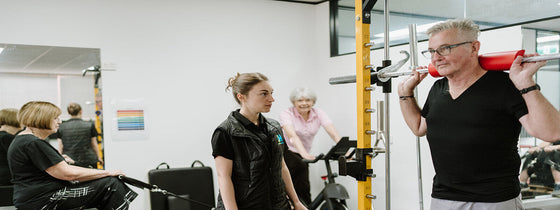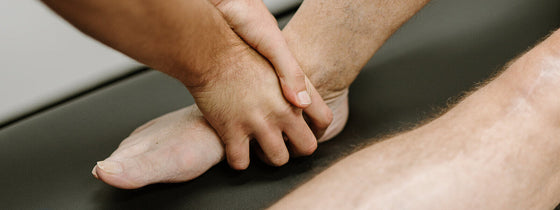When someone rolls their ankle, common advice is to just rest, ice and let it settle. Although this may have a role to play in the recovery process, it is definitely not all that is needed to fully recover from an ankle sprain!
Ankle anatomy
First, let’s talk about the anatomy of the ankle. Most commonly, people will roll the outside of their ankle. The outer side of the ankle has three key ligaments which connect bone to bone and provide stability to the ankle joint. These three ligaments are:
If you roll your ankle, there is a chance you have injured one of these ligaments (especially the ATFL, it’s the most injured of all these ligaments). There are other structures around the ankle that can be injured too (like your ankle cartilage, your local tendons, the joints in your midfoot and/or the actual bones themselves), but this blog is simply focus on these ligaments. The severity of the ligament injury will vary depending on various factors and, lucky for you, a physiotherapist’s hand can best evaluate this ligament severity within their assessment. If we need further information on the ligament integrity your physiotherapist may send you off for an ultrasound or MRI scan, but this is not in every case.
What does an injury to these ligaments mean for me?
Unfortunately, 1 in 3 people who roll their ankle will go on to develop chronic ankle instability. In other words, the will continue to roll their ankle numerous times and more frequently and easily. This is partly due to the lack of rehabilitation performed after the injury.
When we have a ligament injury, this means a passive structure has been damaged resulting in compromised passive stability of the ankle joint. This makes it very important to account for this loss of passive stability through active stability. Active stability comes from our muscles and how well they are able to control the movements of the joint and their ability to resist forces going through it. The key muscle groups to work on are the foot and calf muscles. It’s also important to work on your balance! Altogether this will reduce the risk of re-injuring your ankle. It’ll also help you to run and play sport better!
If you’re struggling with an ankle injury, come in to see one of our Physiotherapists to kick start your recovery process and get back to doing what you love sooner!

If you're experiencing back or neck pain with neurological signs and symptoms, a thorough neurological examination is crucial for accurate assessment and effective treatment. In this Optimal Tip learn more about what we mean by completing a neurological exam!

Squats, deadlifts, and calf raises are key movement patterns that should be part of every strength and conditioning program—regardless of age and activity level. These functional movements support joint health, improve posture and balance, and reduce the risk of injury while building strength where it matters most.

A ganglion cyst is a fluid-filled swelling that typically forms over a joint or tendon sheath, causing discomfort and pain, especially when pressing against nerves or joints. Proper assessment and treatment, including physiotherapy, are essential for managing symptoms and improving function in the presence of a ganglion in your hand, foot, or wrist.